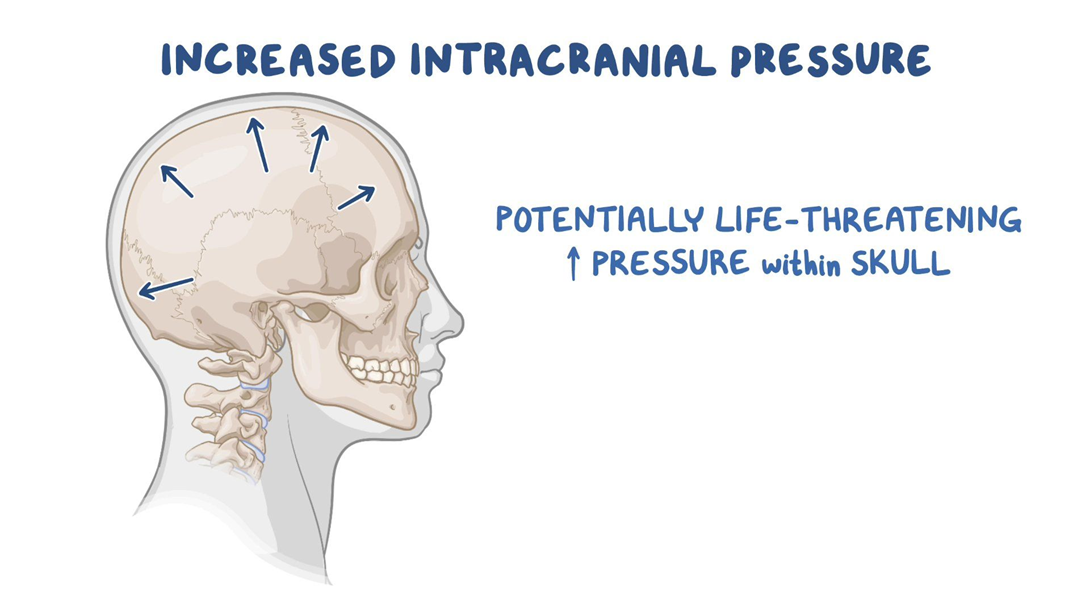Exhibits
Select two conditions and two client finding to fill in each blank in the sentence. Separate using a comma.
The client has
The Correct Answer is {"dropdown-group-1":"A","dropdown-group-2":"C","dropdown-group-3":"D","dropdown-group-4":"A"}
The client has inhaled smoke, which can cause respiratory problems such as airway obstruction, bronchospasm, and pulmonary edema. The client also has initial fluid shifts, which can lead to electrolyte imbalance such as hyponatremia, hyperkalemia, and metabolic acidosis.
Choice A: inhaled smoke - respiratory problems
This is a correct choice. Inhaled smoke can damage the respiratory system by causing inflammation, edema, and carbon monoxide poisoning.
Choice B: initial fluid shifts - electrolyte imbalance
This is a correct choice. Initial fluid shifts occur when fluid moves from the intravascular space to the interstitial space due to increased capillary permeability. This can result in electrolyte imbalance such as low sodium, high potassium, and low bicarbonate levels.
Choice C: increased cardiac output - high blood sodium levels
This is an incorrect choice. Increased cardiac output is not a condition that occurs in burn patients. High blood sodium levels are not a common finding in burn patients either. High blood sodium levels can occur due to dehydration or excessive sodium intake.
Choice D: decreased catecholamines - hypometabolism
This is an incorrect choice. Decreased catecholamines are not a finding in burn patients. Catecholamines are hormones that increase heart rate, blood pressure, and metabolism in response to stress. Burn patients have increased catecholamines due to pain and tissue injury. Hypometabolism is also not a condition that occurs in burn patients. Hypometabolism is a state of low metabolic rate that can occur due to starvation, hypothyroidism, or hypothermia. Burn patients have increased metabolism due to increased energy demands for wound healing and thermoregulation.
Nursing Test Bank
Naxlex Comprehensive Predictor Exams
Related Questions
Correct Answer is A
Explanation
Choice A reason: Pupillary changes to ipsilateral dilation indicate increased intracranial pressure, which is a life-threatening complication of stroke. The nurse should notify the physician and prepare for emergency measures.

Choice B reason: Left-sided facial drooping and dysphagia are common signs of right hemisphere stroke, but they do not require immediate intervention by the nurse. The nurse should monitor the patient's swallowing ability and provide oral care.
Choice C reason: Orientation to person and place only is a sign of impaired cognition, which is also common in right hemisphere stroke. The nurse should assess the patient's memory, judgment, and attention span.
Choice D reason: Unequal bilateral hand grip strengths are a sign of hemiparesis, which is a weakness on one side of the body. The nurse should assist the patient with mobility and prevent contractures.
Correct Answer is C
Explanation
Choice A reason: An abdominal catheter is used for peritoneal dialysis, not hemodialysis. Hemodialysis requires access to a large blood vessel, usually in the arm or leg.
Choice B reason: Routine medications may need to be adjusted or avoided before or after hemodialysis, depending on their effects on blood pressure, fluid balance, and electrolytes.
Choice C reason: Insulin dosage may need to be reduced during hemodialysis because insulin is removed by the dialyzer and blood glucose levels may drop. This is the correct statement to include in client education.
Choice D reason: Potassium-rich foods should be limited in the diet of clients with chronic kidney disease and hemodialysis, because potassium can build up in the blood and cause cardiac arrhythmias.
Whether you are a student looking to ace your exams or a practicing nurse seeking to enhance your expertise , our nursing education contents will empower you with the confidence and competence to make a difference in the lives of patients and become a respected leader in the healthcare field.
Visit Naxlex, invest in your future and unlock endless possibilities with our unparalleled nursing education contents today
Report Wrong Answer on the Current Question
Do you disagree with the answer? If yes, what is your expected answer? Explain.
Kindly be descriptive with the issue you are facing.
